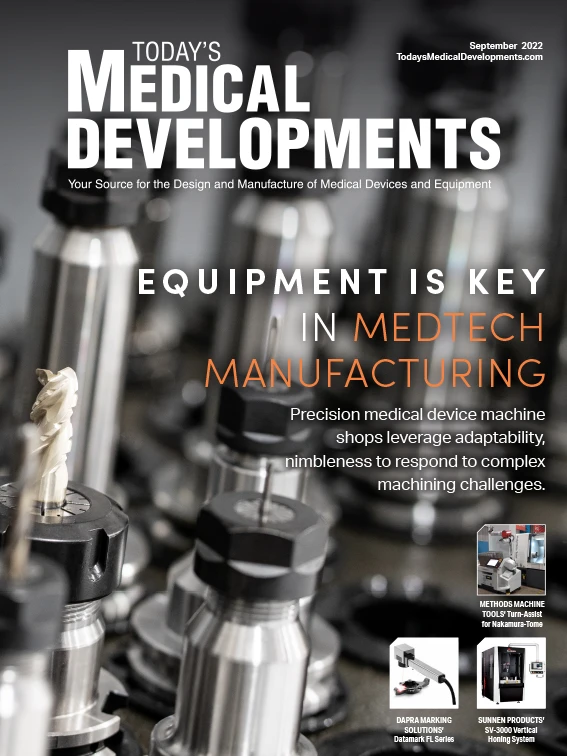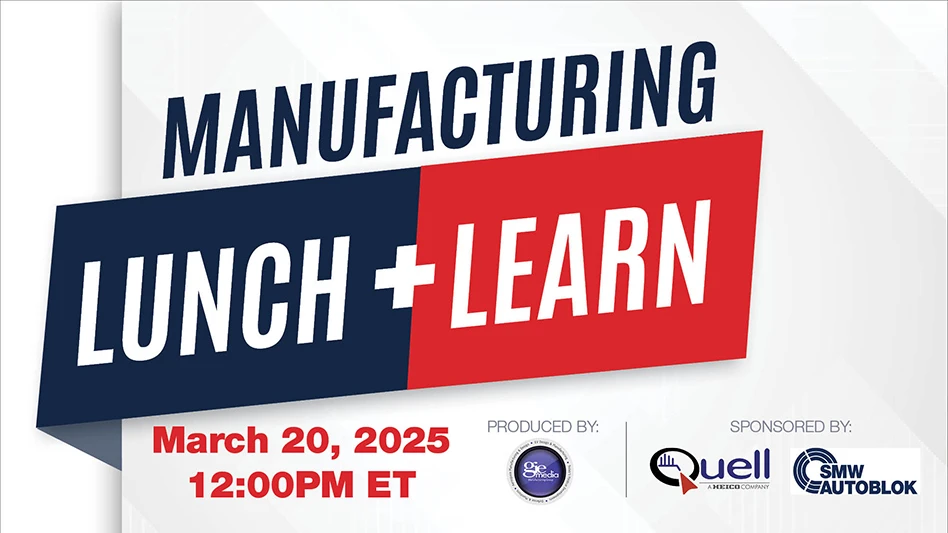
As we work on M&A with both established middle-market medtech businesses and early-stage companies, we’re often asked about successful paths to exit for both types of organizations.
For this month’s discussion, we’ll focus on the Top 10 Issues to address to create value to attract attention with a larger strategic industry player for a possible partnership or exit. These include:
- Clinical unmet need – Clarity on what problem you’re trying to solve is critical. And the bigger the problem, the more attention you’ll get.
- Market opportunity – Large companies like huge market opportunities. With that stated, it’s OK to be a several hundred-million-dollar possibility versus another billion $ + PowerPoint bullet on a slide, they literally see that claim every day. What they want to know is what size is executable.
- Technology differentiation – What’s innovative about your technology/products that’ll provide a competitive advantage in the marketplace?
- Market adoption validation – It doesn’t really matter if you’re pre-revenue or early-stage sales for your ability to obtain a possible deal. What’s critical is that you can prove scalability for your product(s). Salability and scalability are key factors in a bigger companies’ decision to engage (or not).
- Regulatory – Having your regulatory pathway clear and executable is important. It doesn’t have to be filed or issued but the pathway for FDA, CE, etc. needs to have clarity and within a reasonable timeline.
- Reimbursement – Contributing to the above-mentioned salability and scalability score will be the reimbursement available for your solution.
- Team – Team is important for any type of investment. As a strategic partnership is a form of investment, having a team on your side that’s credible to the larger entity is essential.
- Cap table – Providing transparency and simplicity in your stakeholder capital structure is important. Whether or not the transaction with the strategic is a commercial relationship and/or an exit, it’s important for the potential partner that they understand the stakeholders of your company and are comfortable that your stakeholders will be aligned and manageable throughout the process of developing a collaboration or transaction.
- Clinical advisors – Lining up a team of key opinion leaders (KOL) is helpful to value as they (if respected) will bring credibility to the strategics’ salability and scalability confidence.
- R&D – Beyond the current product(s) being discussed in the partnership, are there other solutions in the R&D pipeline to further enhance the portfolio and contribute to market opportunity and future revenue growth?
Creating a partnership with a large industry strategic may be viable for successful value creation – through either commercialization or for an exit (or both). The more your business can address these 10 items, the more confidence you’ll give the strategic that you have de-risked the opportunity.
Once an opportunity is real and de-risked, it’s simply a matter of tactical commercial execution. While strategics don’t do so well at innovation, they’re great at commercialization. When this comes together (your opportunity) and their commercial capability, make your deal and watch the value flow for you and your stakeholders!
MedWorld Advisors
https://medworldadvisors.com

Explore the September 2022 Issue
Check out more from this issue and find your next story to read.
Latest from Today's Medical Developments
- Kistler offers service for piezoelectric force sensors and measuring chains
- Creaform’s Pro version of Scan-to-CAD Application Module
- Humanoid robots to become the next US-China battleground
- Air Turbine Technology’s Air Turbine Spindles 601 Series
- Copper nanoparticles could reduce infection risk of implanted medical device
- Renishaw's TEMPUS technology, RenAM 500 metal AM system
- #52 - Manufacturing Matters - Fall 2024 Aerospace Industry Outlook with Richard Aboulafia
- Tariffs threaten small business growth, increase costs across industries





